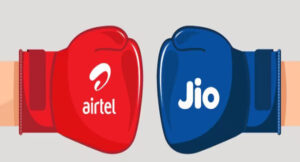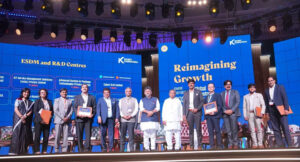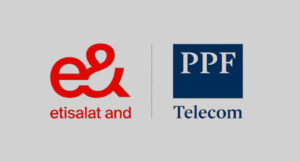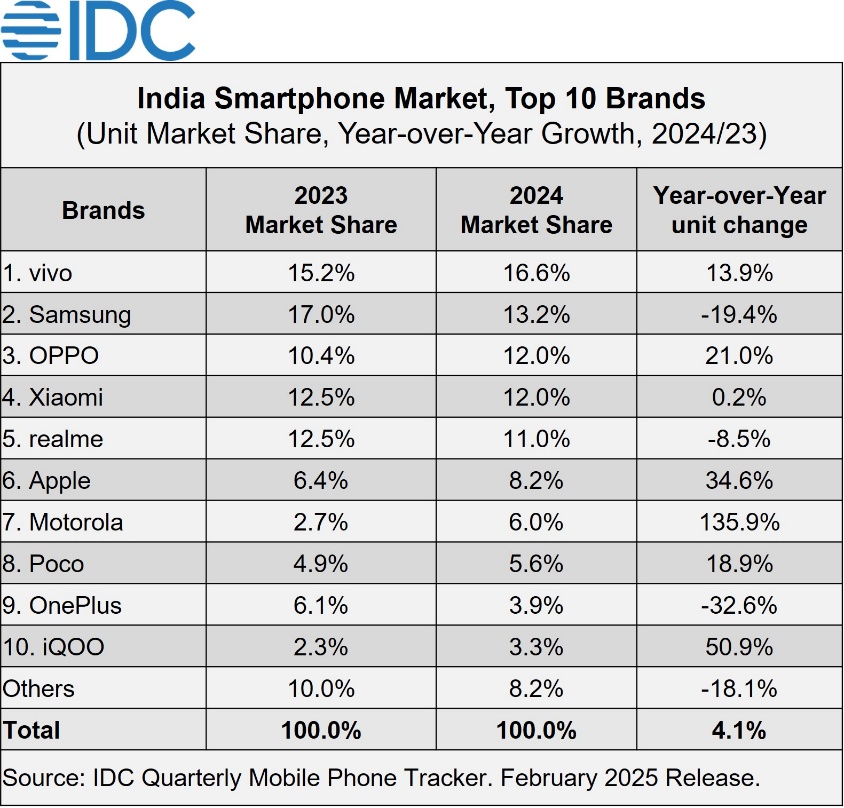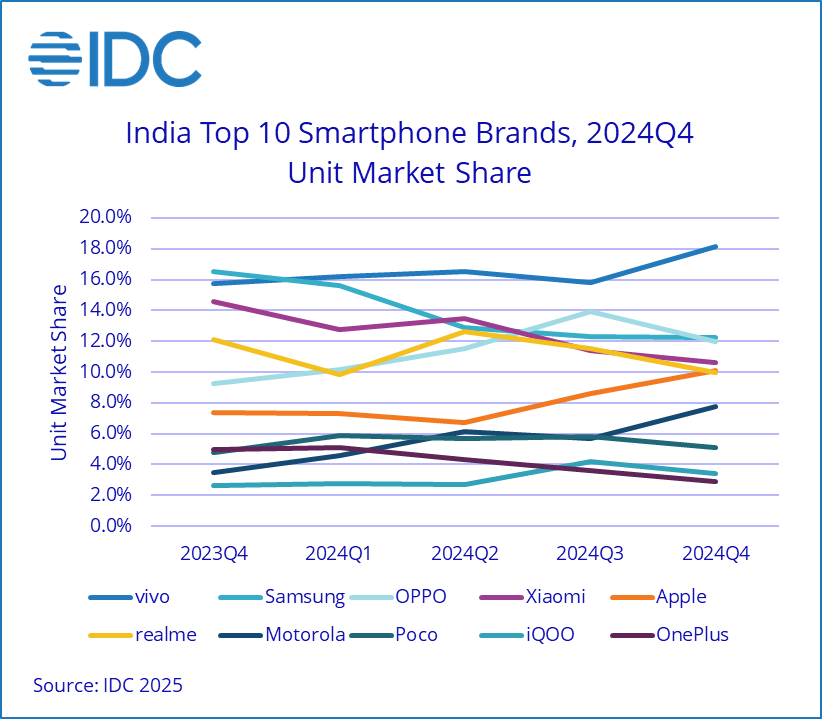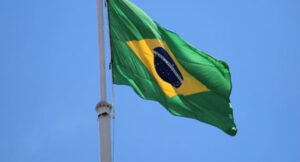India’s second-largest telecom operator, Bharti Airtel, is continuing to narrow the revenue market share (RMS) gap with sector leader Reliance Jio, analysts said after the firm’s third-quarter earnings.
“Over the last two quarters, Airtel has narrowed the wireless RMS gap versus Jio by almost 300 basis points (bps), driven by strong residual flow-through of the July 2024 tariff hikes and a 90% incremental margin in the India wireless business (versus 49% for Jio),” Motilal Oswal said.
Revenue Market Share (RMS) measures a telecom operator’s share of total industry revenue, reflecting its financial strength and market competitiveness. Unlike subscriber share, RMS shows how well a company monetises its user base.
Tariff Hike Helps Airtel
Motilal Oswal’s report noted that Bharti Airtel has benefited the most from recent price hikes in mobile plans, with its average revenue per user (ARPU) rising by Rs 35 over the last two quarters, compared to Rs 20 for Jio. In percentage terms, Reliance Jio’s ARPU increased by 11.9% year-over-year, while Bharti Airtel’s grew by 18%.
Bharti Airtel, following Jio’s lead, increased its tariffs on both prepaid and postpaid plans in July last year. The price hikes ranged from 10-21% across various plans. Airtel also revised its entry-level criteria for free unlimited 5G access.
Previously available on more affordable plans, 5G access was limited to plans offering 2GB of data per day or more, with customers needing to spend at least Rs 649 to benefit from unlimited 5G. This placed Airtel’s 5G entry point at twice the cost of Jio’s similar plans, which start at Rs 349, even after their price hike.
At the time, the company said that the move was aimed to ensure that its average revenue per user (ARPU) must exceed Rs 300 to support the significant investments needed for network technology and spectrum, while also providing a modest return on capital.
Airtel’s ARPU for the third quarter stood at Rs 245, compared to Rs 208 in Q3 FY24, and was also higher than its peer, Jio, which reported Rs 203 in Q3FY25.
Airtel Benefits from 4G Transition
ICICI Securities reported that between October and December 2024, Reliance Jio gained 3.3 million subscribers, while Sunil Mittal’s Bharti Airtel gained 4.9 million. Airtel also added 6.5 million 4G subscribers during the quarter.
“Bharti benefited from the 2G to 4G transition and a strong post-paid subscriber base, which grew by 13.1% year-over-year,” ICICI Securities noted. Adding that the sharp rise can be attributed to winning back customers lost in the previous quarter.
According to TRAI’s data, Airtel and Jio lost subscribers after hiking their tariff rates, while state-owned BSNL gained. In October, Airtel finally gained 1.9 million users, while Jio lost 3.8 million users. Meanwhile, BSNL added subscribers for the fourth consecutive month, taking its total user base to 92.4 million till October 2024. Vodafone Idea’s user base stood at 210.5 million, adding 1.98 million users in October.
The Motilal Oswal also noted that Airtel’s India wireless business is now generating similar profits (EBITDA) to Jio, even though Jio includes earnings from its home broadband service.
Airtel’s mobile revenue in Q3 FY25 increased by 21.4% year-over-year and 5.8% quarter-over-quarter. In comparison, Jio’s revenue grew by 3.4% quarter-over-quarter and 15.5% year-over-year during the same period.
Captial Expanding to Decline
Looking ahead, the brokerage expects Airtel’s revenue and profit to grow strongly due to continued price hikes, an expanding broadband business, and strong growth in Africa.
As Airtel reduces its capital spending, it is expected to generate Rs 1 lakh crore in free cash flow over FY25-26, which will help reduce debt and improve shareholder returns, said the Motilal Oswal report. Outlook Business
